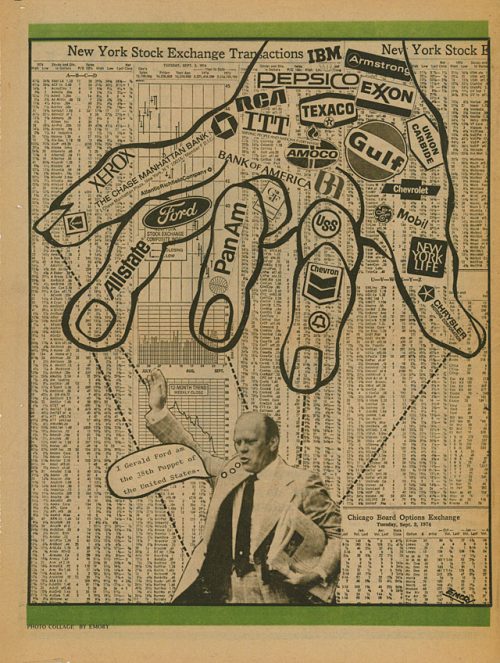Graphic designer, illustrator and activist Emory Douglas has created decades of graphic work that has activated communities, inspired change and came to represent black American struggles in the 60’s and 70’s. As Minister of Culture for the Black Panther Party, Douglas was the art director and main designer of the The Black Panther, the party’s official newspaper from 1967 to roughly 1980.
In his teens, Emory Douglas was first introduced to typography, illustration and logo design while incarcerated at a juvenile detention center. He later enrolled in art classes at the City College of San Francisco that would help lay the foundation for his skills of blending art and messaging. At a chance meeting with Huey P. Newton and Bobby Seale, founders of the newly formed Black Panther Party for Self-Defense, he offered his services in designing the inaugural issue of The Black Panther newspaper. The Black Panther Party formed in the aftermath of the assassination of Malcolm X in 1965 and in response to on-going police brutality.
The newspaper used bold graphics, photograph collages, and illustrations to voice opposition to police harassment, poor living conditions, and systemic poverty. At its peak in 1970, the paper had a circulation of 139,000 copies distributed across the United States. Those same graphic pages with their bold calls to action were ripped out of the newspaper and wheat-pasted around neighborhoods on buildings, billboards and sidewalks, sparking community activism. Over the years Douglas has continued to work with numerous activist groups fighting for prisoner rights and civil rights using graphic design.
Marissa Jenae Johnson
Discussion with Emory Douglas following the lecture
Marissa is a writer and speaker working at the intersection of Blackness, womanhood, and Christianity. Her work in the Black Lives Matter movement has garnered international attention and she is currently working on a book about her radicalization.







































